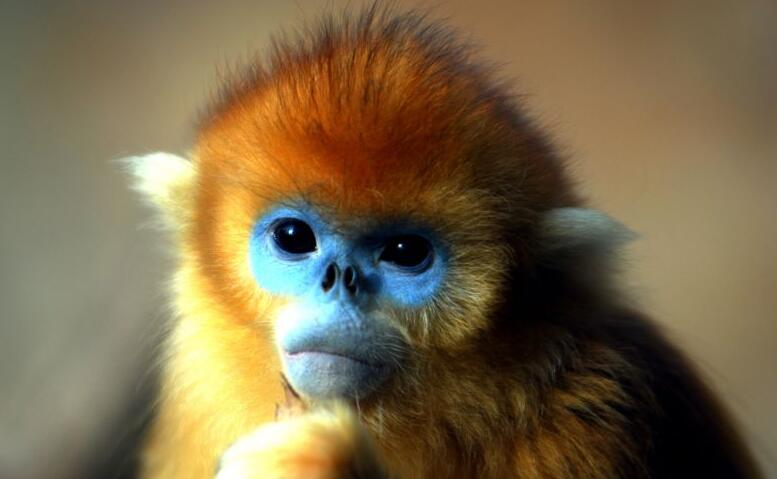Foping National Nature Reserve lies in the middle of the Qinling Mountains, the headwater for the first level tributary Jinshui River of the Han River. There are abundant forests, streams, bamboo groves, and old pine trees throughout the reserve. Large and small pools of water interspersed with marshland speckle the landscape. During dry seasons, the pools shrink and some even disappear, but when the rains come, they expand into robust ponds. Wildlife flourishes in the wet environment.
In the summer of 2012, researchers affixed an infrared camera to an oak tree beside one of these mountain ponds at Zhongzuiliang in the Xi River. The camera was placed 70cm from the ground and looked just like a pair of eyes. This gave a unique perspective of events taking place in the area when humans were not present. The infrared cameras automatically took 129 digital photos over a 17-day period with only 9 of them coming out blank.
The 120 successful pictures included images of 6 different species of mammalian wildlife with a total of 196 individual animals overall. The images caught the animals as they passed by, played, or bathed. Among the photo subjects were 32 Sichuan snub-nosed monkeys, 3 tufted deer, 3 Chinese muntjacs, 3 porcupines, 146 wild boars, and 3 unidentified animals that were likely rodents.
The most common animals frequenting the pond at Zhongzuiliang were wild boars. After a visit from a wild boar, the pond was typically quite murky until the next good rain restored it. Wild boars, related to the domestic pig, have increased in number quite rapidly in recent years. Farmers despite wild boars as they tend to raid and destroy crops and farmland. Their sturdy tusks and hooves dig and trample pastures and fields, ruining harvests. Though protected by law inside the borders of a nature reserve, wild boars that venture outside the boundaries are quickly hunted and killed by the local people.
Sightings of 2 to 3 wild boars at a time are the norm in the images taken by the infrared camera. A rare and unusual view of 8 wild boars in a herd was caught on camera as the members approached from two different directions. The camera also captured images of a sow and her piglet. The mother took her baby to forage, walk, and bathe in puddles. The pond-side cameras allowed for human observation of that intimate relationship between mother and piglet.
People often attribute the increasing number of wild boar to the lack of tigers and leopards, two apex predators in the food chain. Experts suspect that tigers may still be alive in the Qinling Mountains, but their numbers are drastically depleted. In September 2012, the infrared camera captured both a digital photo and video of a leopard, bringing hope to conservationists for the biodiversity and ecosystem structure at the Foping reserve. The return of a healthy leopard population has the potential to facilitate a beneficial balance in the ecological structure of the area.
Sichuan snub-nosed monkeys, whose Latin name is Roxellena after the wife of a European crusader, never missed a chance to visit the pond at Zhongzuiliang and its surrounding woodland. One sunny day, 32 Sichuan snub-nosed monkeys came to the quiet puddle. Their dynamic expressions gave a considerably human feel to the photos as investigators saw the antics and shenanigans of these fascinating creatures that I often walked upright. Interestingly, they have more I than 90% genetic similarity to humans.
Six alert muntjacs passed by the camera both during the day and at night. The nighttime images showed 3 tufted deer passing through. They were obviously quite cautious as the only views were of their rumps as they departed the area.
In these pictures, we get a profound look into one small corner of the natural world. The view from this small pond lets us know more about the lives of animals who come to visit it. In every pond, pool, and stream, we are part of something remarkable if we observe from the heart.























